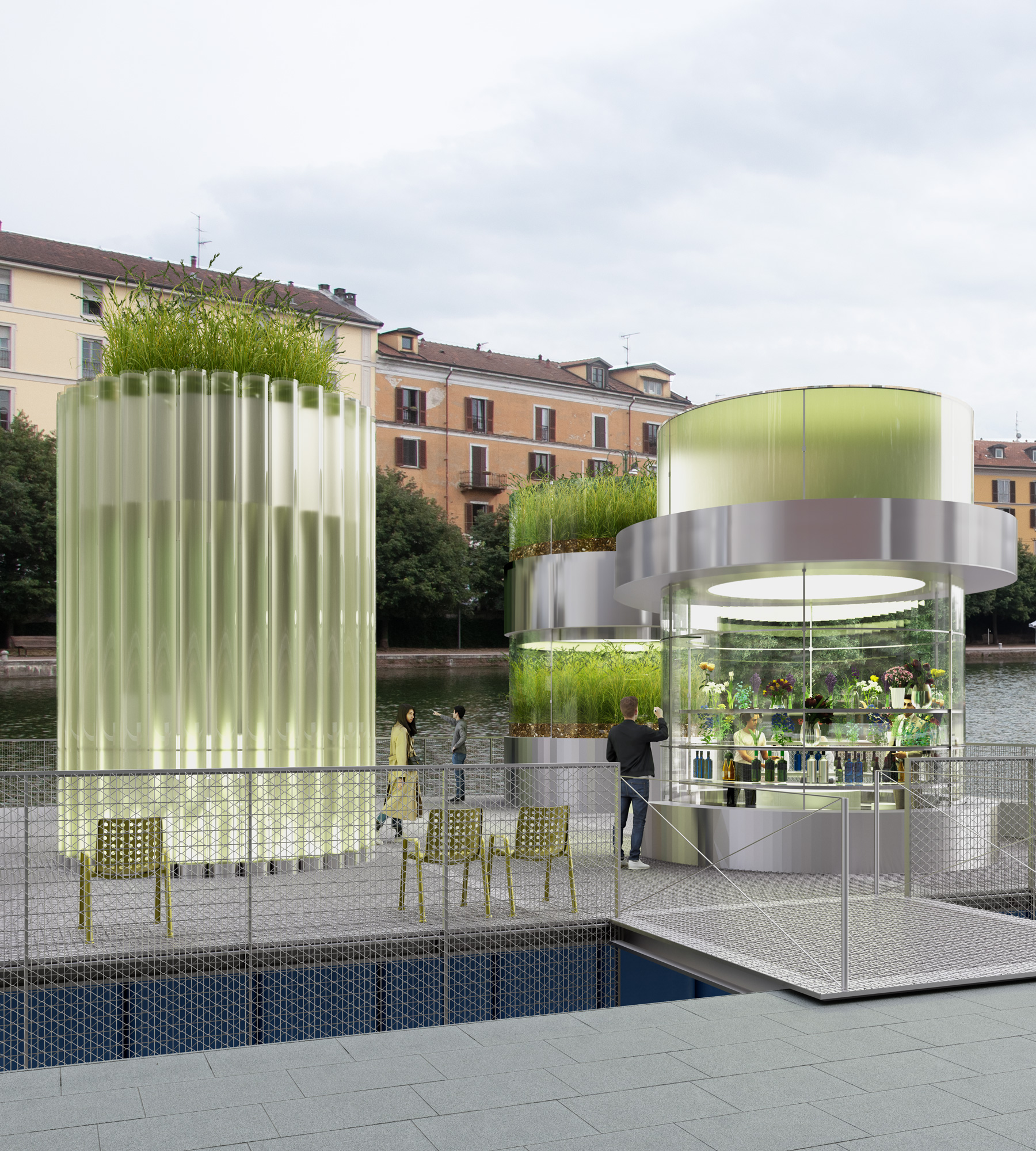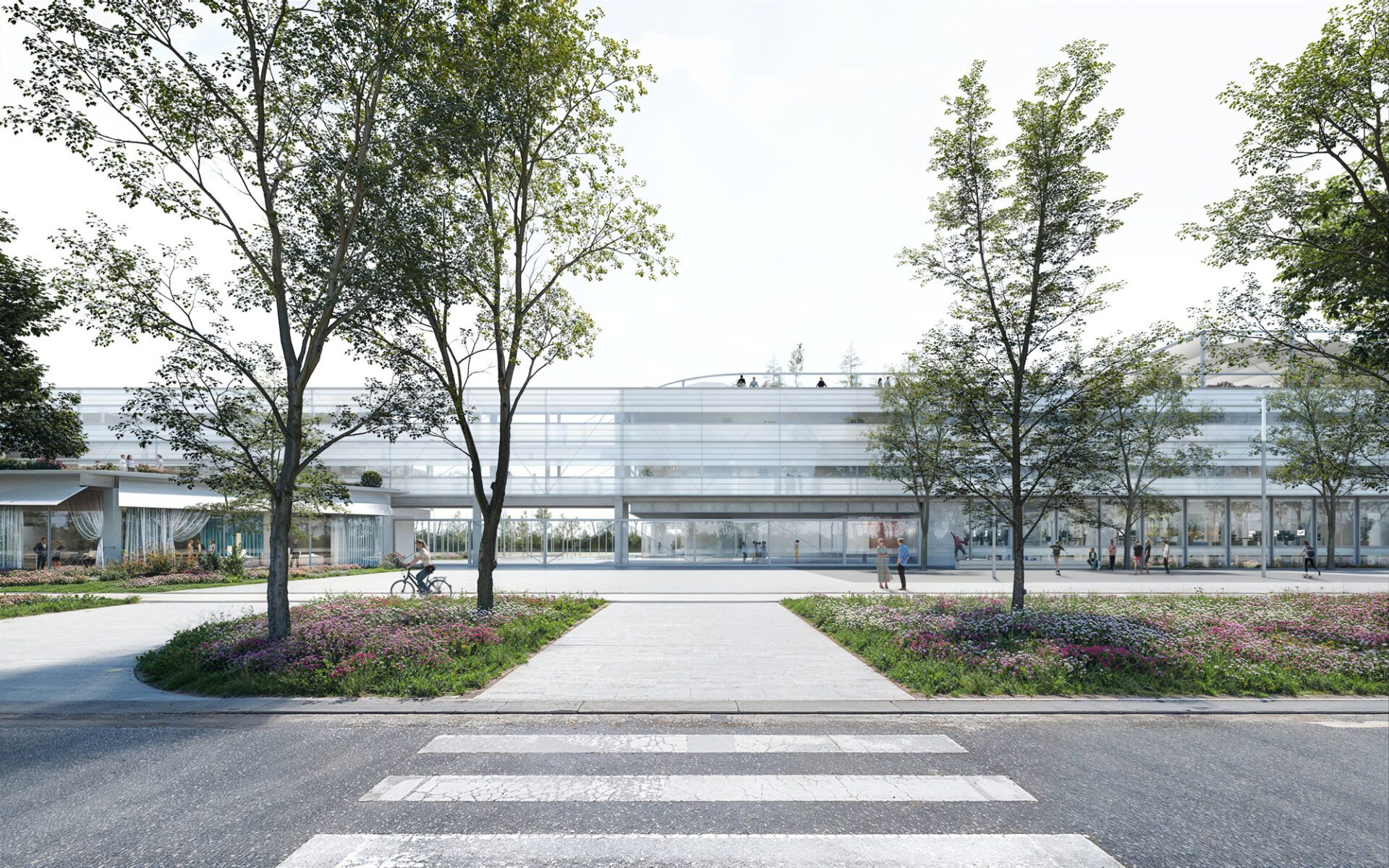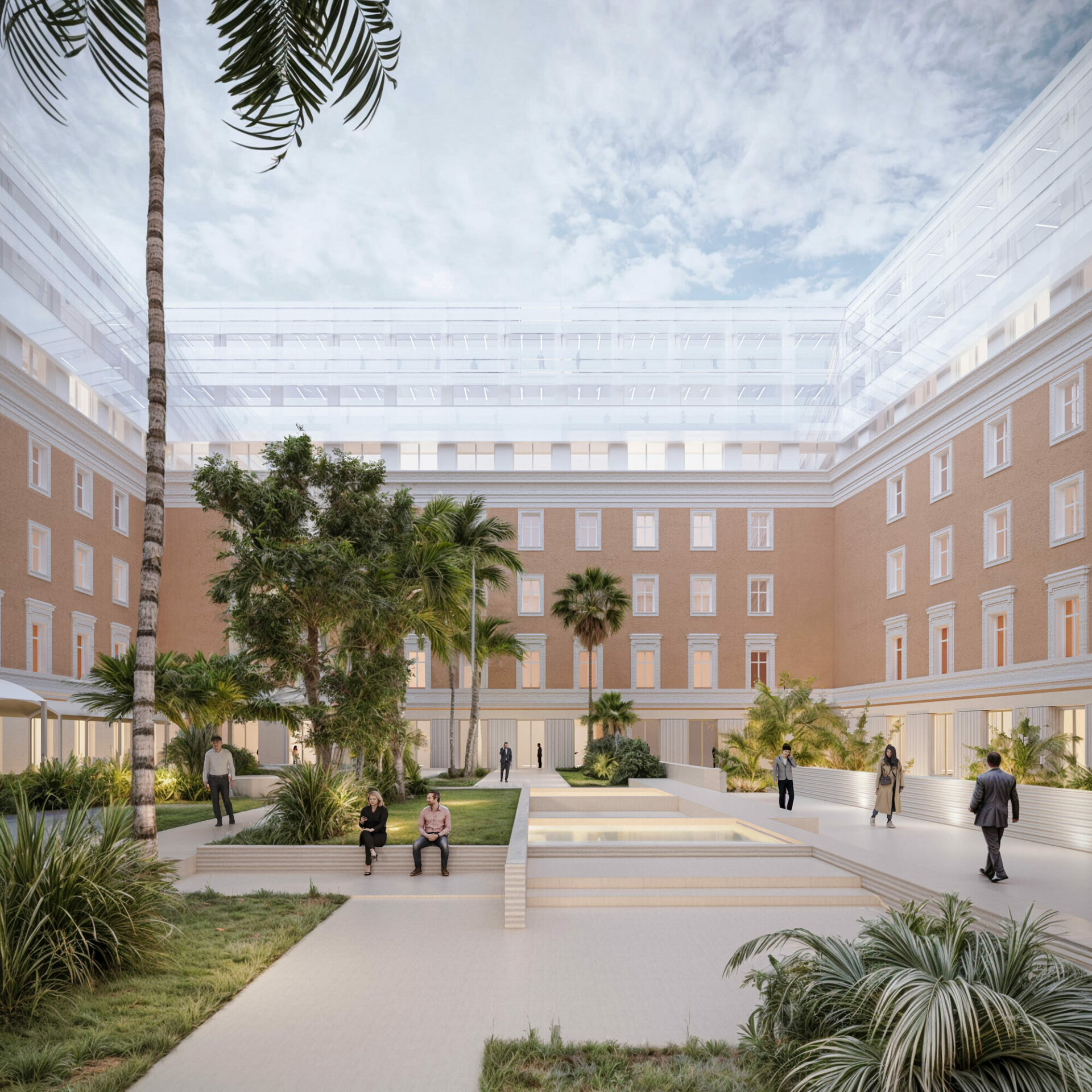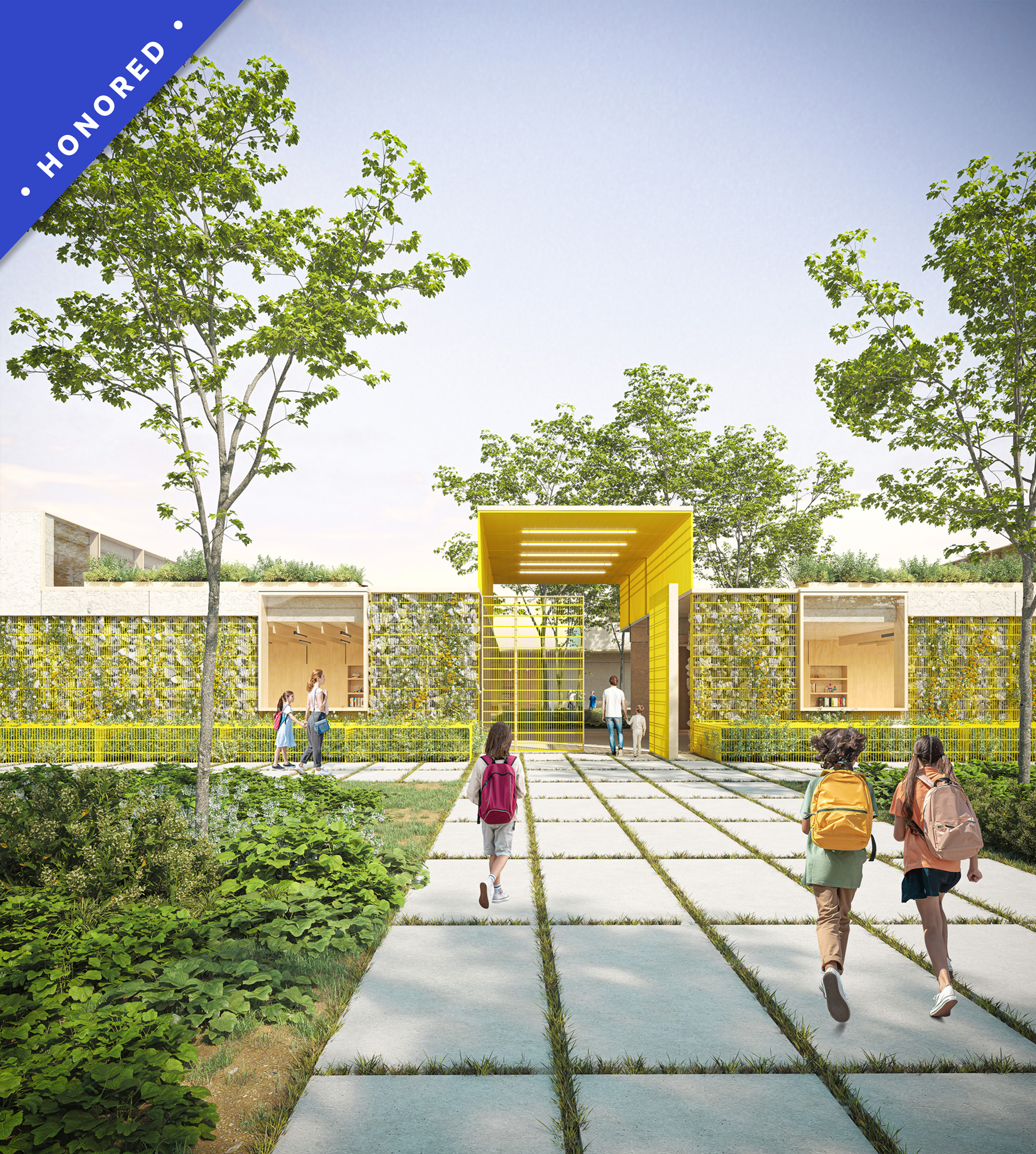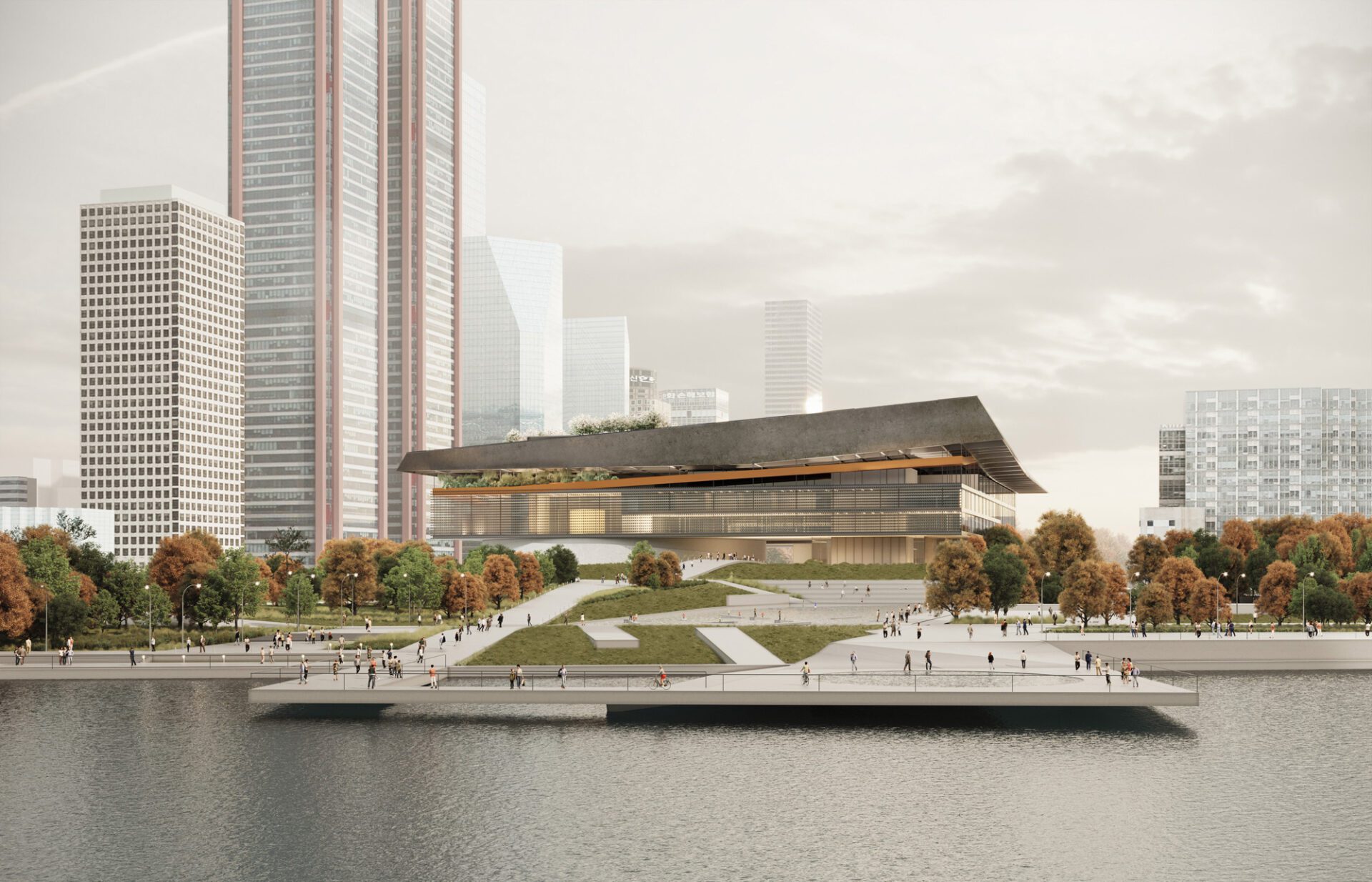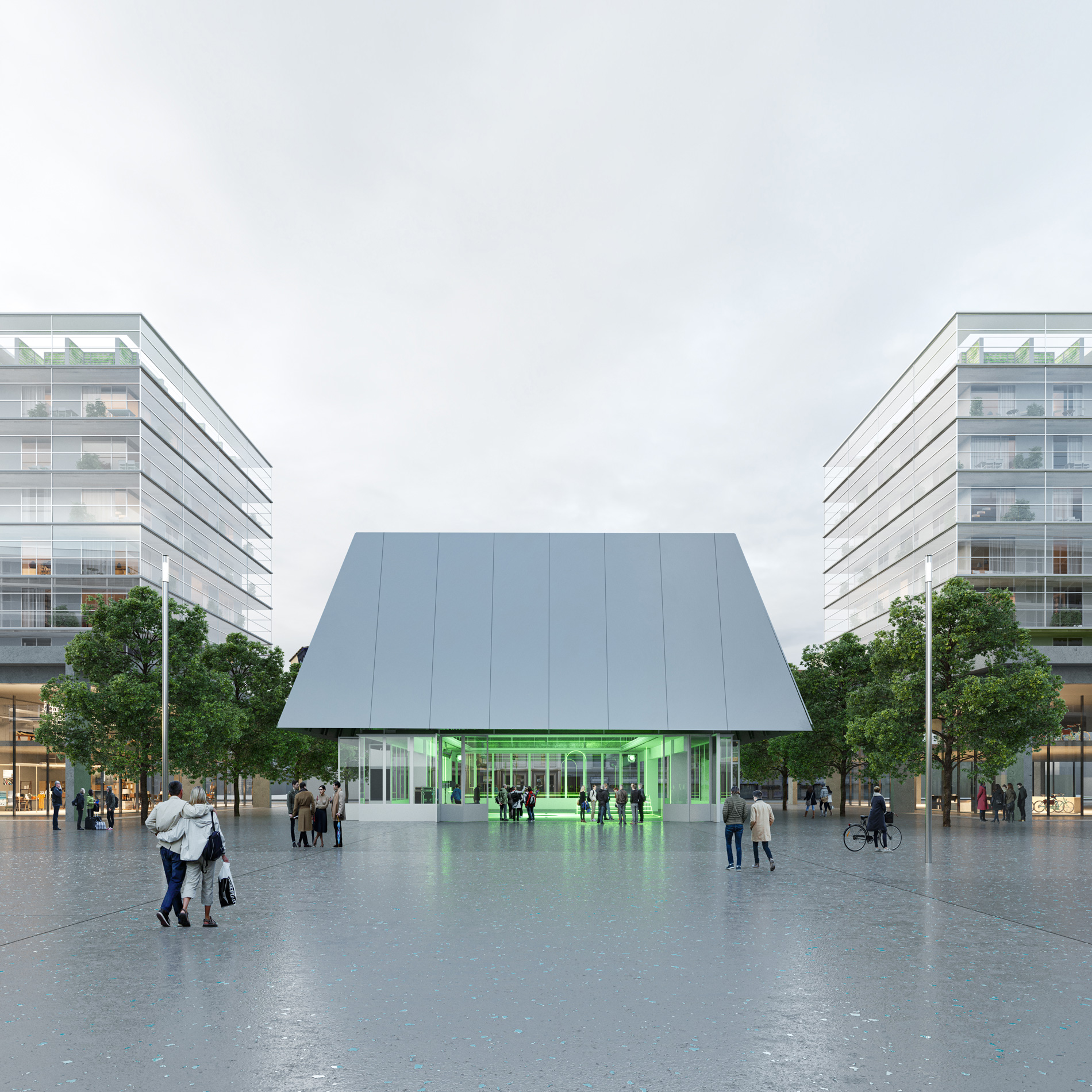TIANJIN BINHAI URBAN DEVELOPMENT
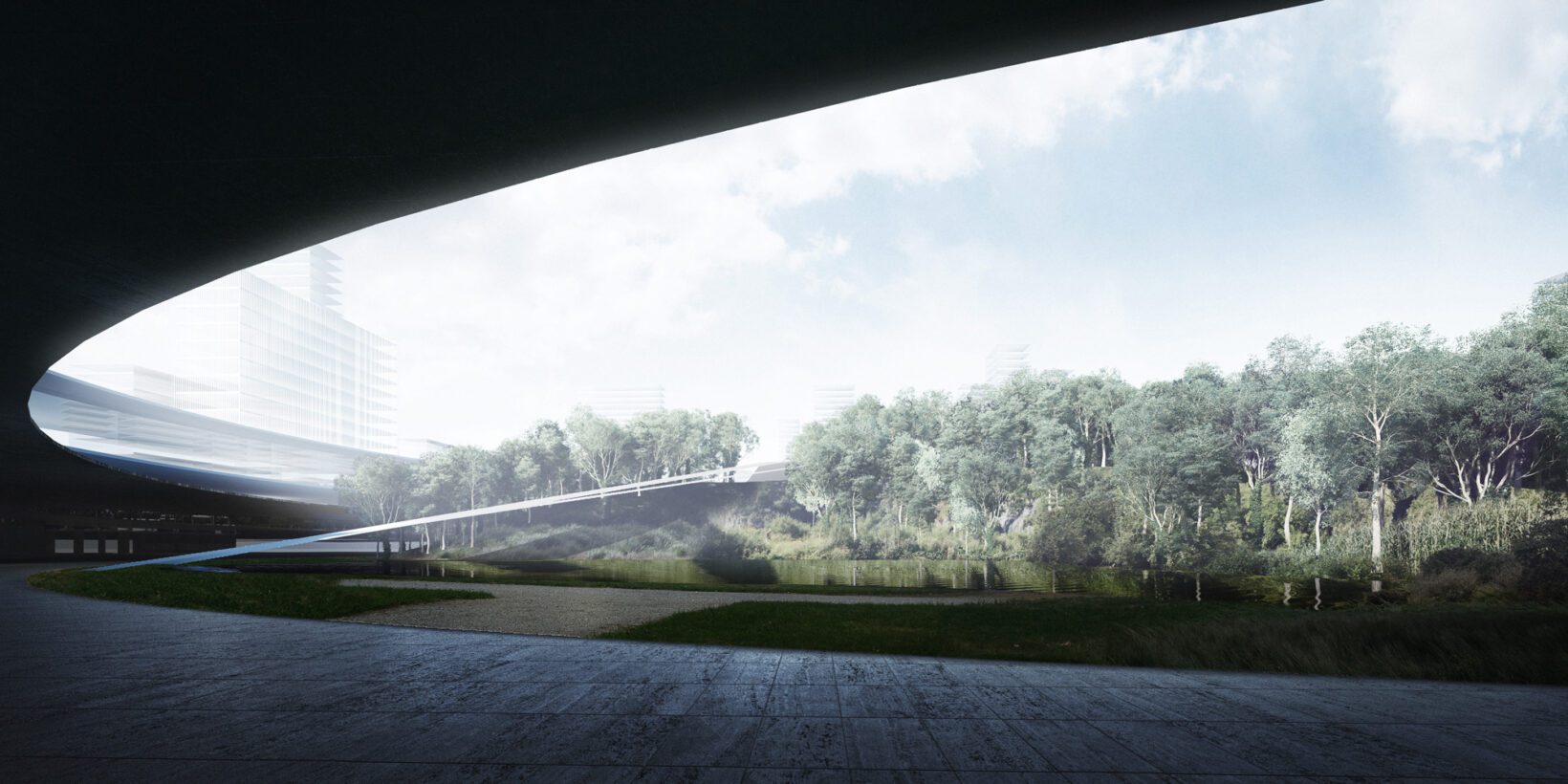
Location: Tianjin (Beijing), China
Year: 2014
Typology: Masterplan
Area: 500.000 sqm
Client: Finim S.r.l.
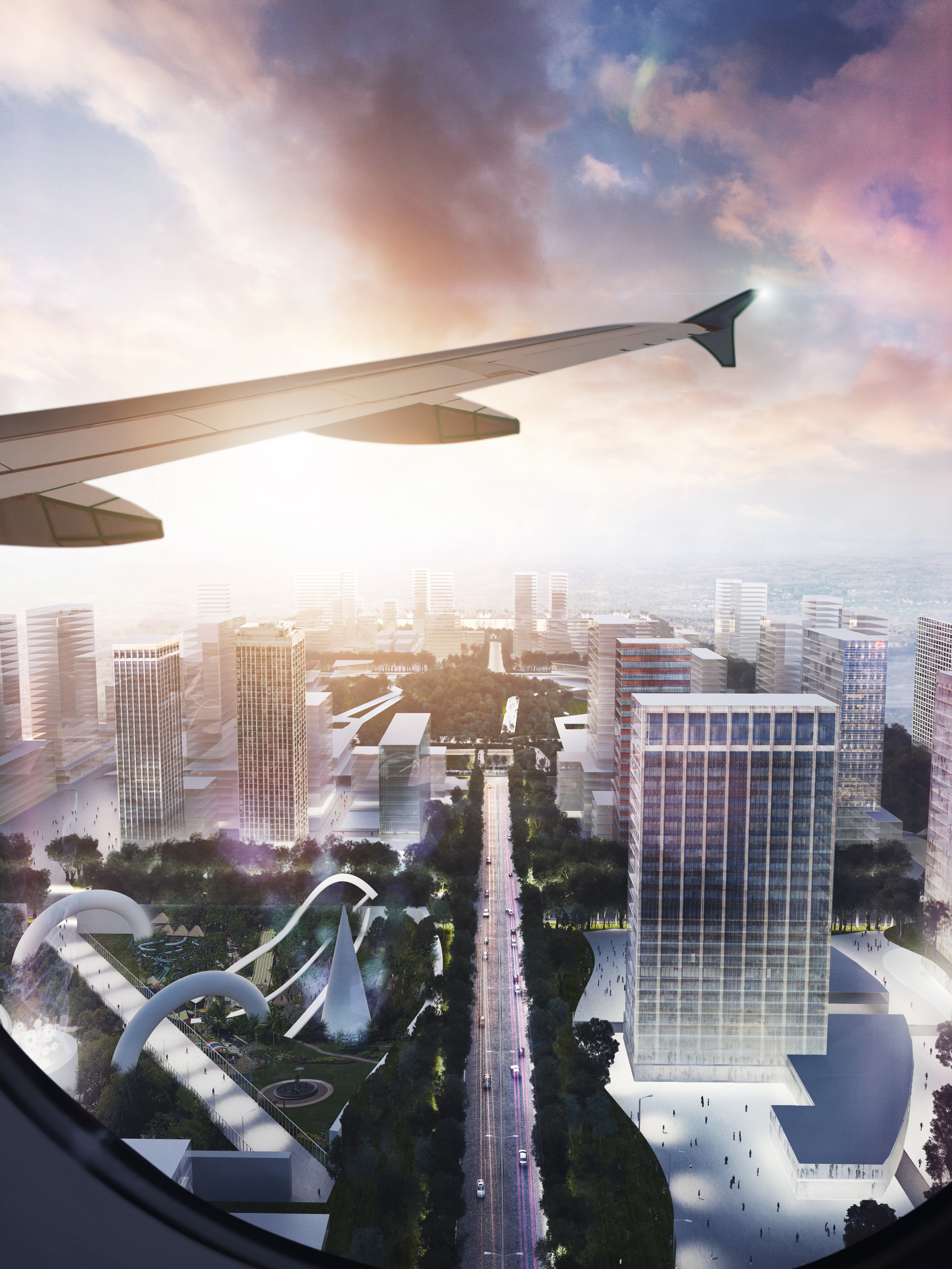
In 2014, Scandurra Studio took part in the international competition for the regeneration masterplan of the commercial port of Tianjin, presenting a visionary proposal for a zero-impact urban district. The project is based on the principles of urban ecology and urban metabolism, envisioning a settlement system that functions like a living organism: self-sufficient, regenerative, open yet controlled. The masterplan proposes a green and porous urban fabric, served by lightweight infrastructures and powered by renewable energy sources, including a multifunctional artificial lake for water collection, microclimate regulation, and energy production, alongside widespread geothermal systems.
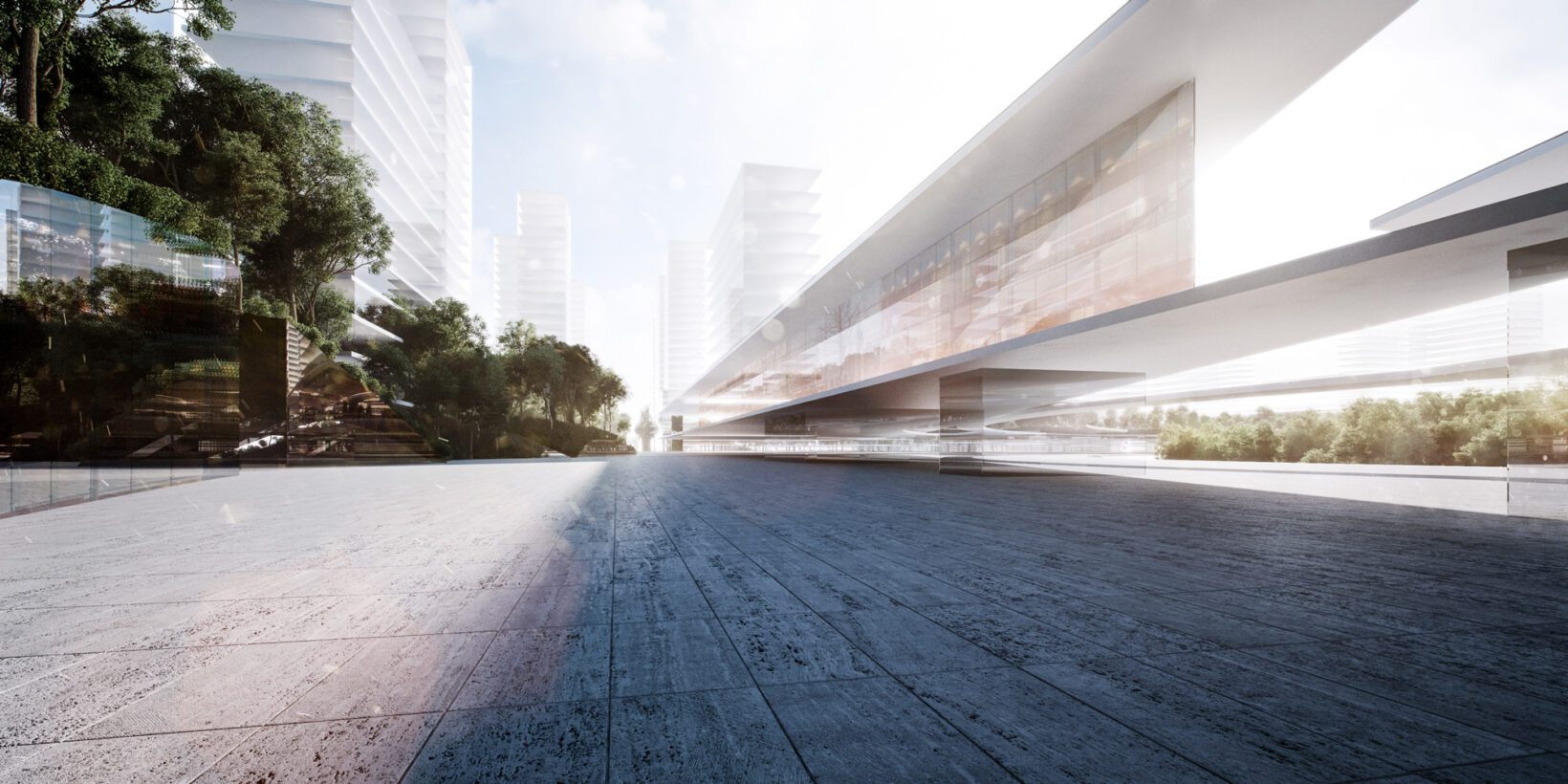
Scandurra Studio’s proposal transforms the flows of the district — energy, mobility, water, and waste — into spatial opportunities that generate meaning and identity, creating high-quality public spaces and recognizable urban elements. The project unfolds along the site’s main axes and integrates into a high-efficiency urban ecosystem. Its approach is distinguished by the use of landscape urbanism strategies, in which topography, water, and vegetation play an active design role, connecting territorial and architectural scales and intervening both in the landscape structure and urban form.
This vision addresses the contemporary challenges of environmental sustainability in high-density contexts, offering a replicable model of a livable, resilient, and identity-rich post-industrial district. Scandurra Studio’s proposal thus becomes an emblematic case study of urban regeneration, aligned with global climate agendas and emerging urban ecologies.
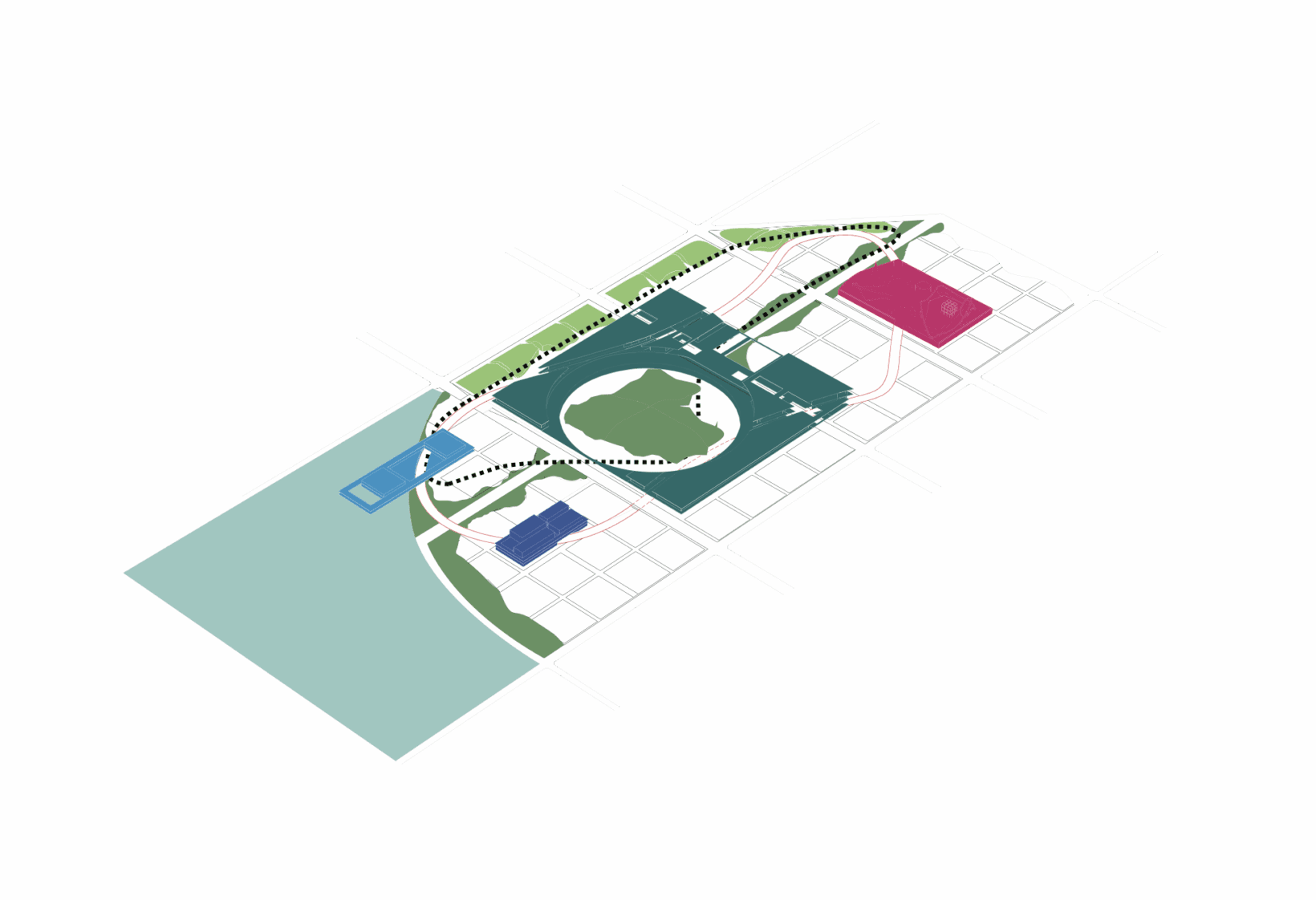
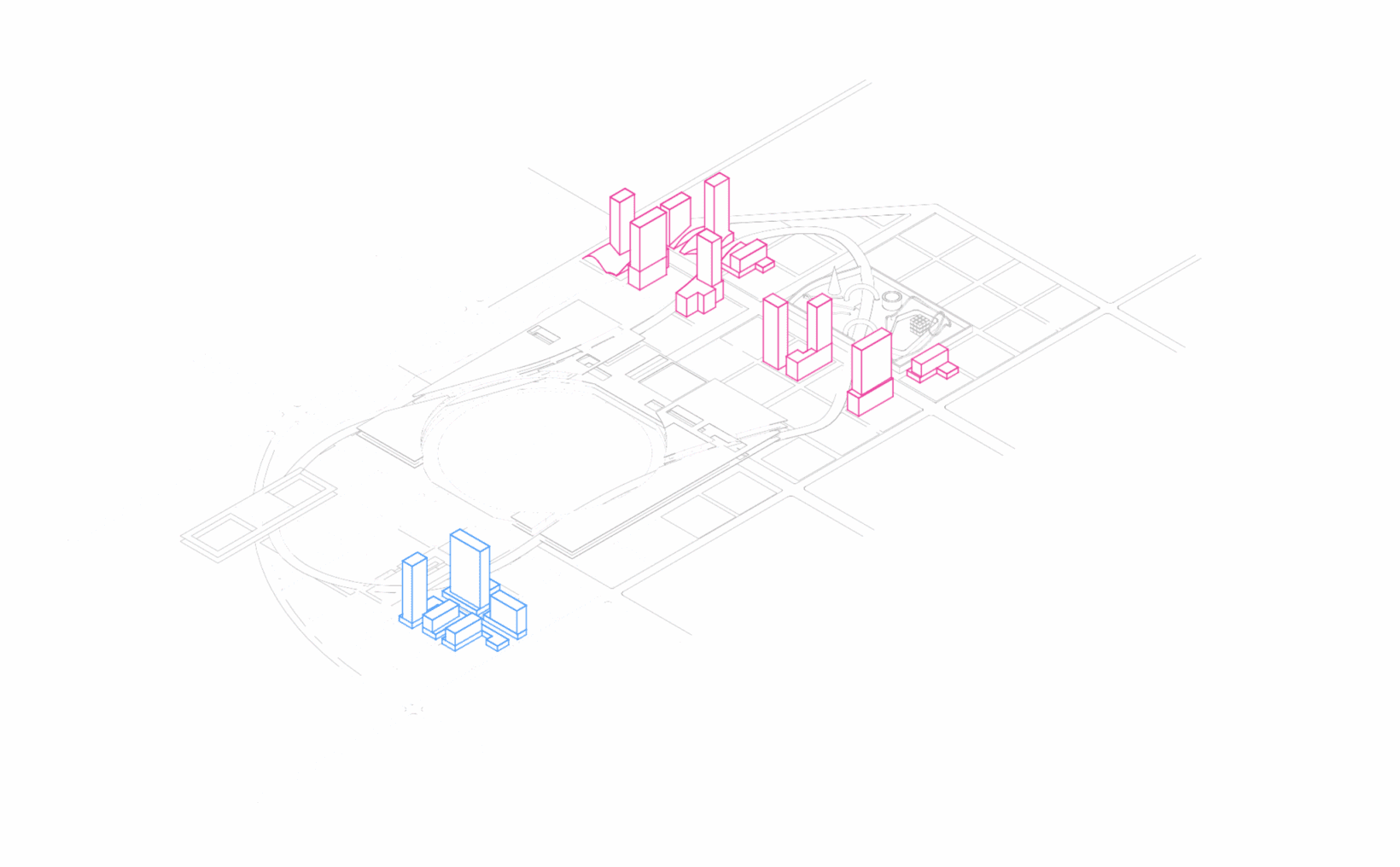
The project is set within the framework of China’s national strategy, the “New-Type Urbanization Plan (2014–2020)”, which promotes the transformation of disused industrial areas into sustainable neighborhoods. Tianjin, a coastal city and strategic hub in northeastern China, was among the first to adopt this approach. Its rapid expansion, which began with the establishment of the Binhai area in 1994, has led to significant environmental and territorial pressures, making an urban rethink imperative. Within this context, Scandurra Studio’s proposal offers a concrete and innovative contribution to shaping the city of the future.
